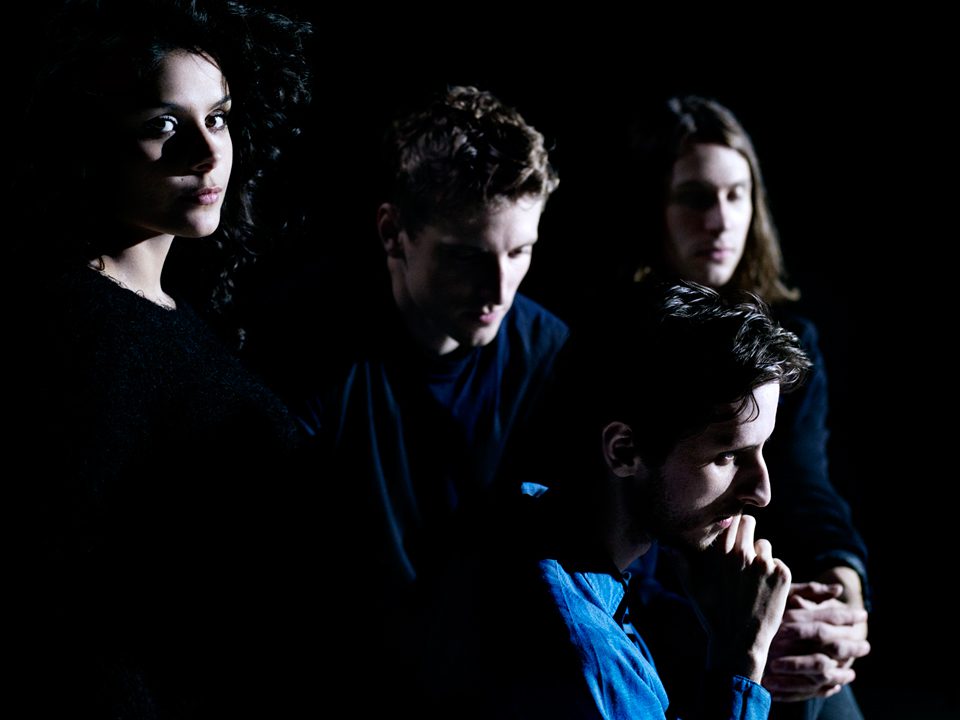Music and fashion have a closer relationship than ever before; however, the question still remains: can musicians be good designers and do the two media interact?
You have got to work pretty hard to embarrass music and fashion at the same time, but that’s exactly what Kanye West did. The producer, rapper and aspirant demigod decided quite some time ago that he wanted to be a fashion designer as well as a musician, and in 2013 he put out his latest creation. It was a collaboration with high-end fashion house APC, it cost $120 to buy, and it had the internet raving. It was … a plain white T-shirt.
This wasn’t the first time that West had mangled an attempt at fashion. He is, after all, the only person in history to complain in an interview that Fendi had not given him credit for the design of a pair of leather jogging pants. It is worth noting, incidentally, that his white T-shirt sold out in the UK. However, look past his hysterical histrionics, and you’ll find plenty of examples where music and fashion have worked together seamlessly.
Fashion doesn’t need music in the same way that music may need fashion. The global clothing industry is worth around $1.2 trillion, according to the US Office of Textiles and Apparel. Obtaining an all-encompassing number for the music business is tougher, but the figures available suggest that it’s a lot less powerful; recorded music sales in 2012 were $16.5 billion. If the music were to stop tomorrow, the fashion industry would keep right on trucking.
The reason they work so well together is that they’re a perfect match – a fact that has been exploited by fashion houses and musicians alike. Musicians are in the public eye in a very specific way, which is different to the relationship the public have with designers and models – the clothes they wear and the trends they set will be replicated by their fanbases. Think of the suits the Beatles wore, or Run DMC’s shell-toe sneakers, or Kid-n-Play’s Kangol. There are more recent collaborations too: These New Puritans and Christian Dior, Florence Welch and Chanel, Lady Gaga and Thierry Mugler. M.I.A formed a grimy, grungy collaboration with Versace. Shoe company Adidas showed a willingness to experiment by signing Kanye West. Even skate brand DC Shoes wanted a piece of the action, joining forces with the Wu-Tang Clan.
However, over the past few years, a new trend has surfaced. Like West, musicians have stopped solely creating sound and have started to design clothing of their own. This stirs up a plethora of questions: Is this a good idea? Can musicians with no fashion background create something that will have an impact, beyond just the use of their name on a white cotton tee?
Jamal Calle is a prime example of how to make the transition. A hip-hop artist from Madrid, he moved to London six years ago and founded the Chico de Barrio brand. His garments mix African and Asian influences with street wear; unlike many items on the runway, it’s easy to see his clothing being worn by regular people. In 2013 he won Men’s Fashion Designer of the Year at London Fashion Week, which is a massive accolade for someone so new to the industry. It’s easy to see why, Calle is one of those people with so much energy that his words seem to explode out of him. “I grew up with hip-hop culture,” he says. “I was involved in the genre in Spain and France. For me, fashion is the way human beings express themselves – hip-hop was a revolutionary movement, and it came with its own tribes. Such groups have their own ways of expressing themselves too.”
For Calle, it was about exercising his creativity, and using clothing design to express himself in different ways: “For me, getting into fashion from music was easy. When I picked up the mic, people were watching, and I got to be the voice for a group of people. Being a spokesperson means having an impact, and you can influence everyone. You’re conscious about the ideas you bring to people. Fashion works in the same way: you’re communicating a message.”
Calle is not the only example – there are plenty of others who have made the transition successfully, even outside the world of high fashion. Take Levi Benton. He’s part of American metalcore band Miss May I (“metalcore” is one of those weird genre names, referring to a blend of metal and punk). Yet, well before he got signed to a label in high school, Benton was looking for art colleges to attend in Ohio. After Miss May I became successful, he channelled that original impulse to create Vursa Limited. “I feel that being a musician and seeing the various aspects of culture we do gives us an overwhelming feeling of wanting to create and express more,” Benton says. “Some people choose to be producers and some elect to be painters. We decided to make clothing and use that outlet as an art.” Vursa sells T-shirts, tank tops, hats and jeans, and is heavily influenced by punk style. Unlike Chico de Barrio, which is a great fashion house run by a relatively obscure musician, Vursa significantly benefits from Benton’s name, as well as that of his band. However, balancing two careers is not an easy feat, moreover, it’s a tall order. Musicians have to work extremely hard, as do fashion designers, and Benton says it was tough to make sure that both parts of his life and career didn’t suffer because of the success of the other, and they need to support each other. “It is difficult to balance both due to my touring schedule,” he says, “but there are pros. Being able to travel and see different customs and cultures from around the world allows us to bring that to our company, which really makes a difference.”
Solo artists have something that Benton doesn’t: no-one else depends on them. People like Kanye West, M.I.A and, indeed, Jamal Calle don’t have group members they need to devote time to. For people like Benton, it’s different – he had obligations that he had to fulfil with the other members of Miss May I, including buckets of international touring, promoting the album, interviews and general keeping up appearances. And his fellow musicians weren’t all that pleased with his new direction. “At first, it was rough because it reduced my focus on the band but after a while things improved and the diversity is actually very helpful,” he says. “We are best friends, so it’s nice to bounce thoughts off one another and have my mates critique my ideas.”
Of course, like Kanye West’s iffy T-shirt, things can sometimes go wrong. It’s not a fact lost on many musicians. Speaking to a national newspaper, Tinie Tempah railed against musicians who diversify to make an extra buck. “If it’s something that’s natural to you and you genuinely have a passion for, that’s one thing,” he said. “But if it’s just for business, that’s another. I can’t speak for those guys individually, but in this day and age – music has changed. It seems many artists aren’t selling lots of records any more. They’re not touring as much and are always looking for other avenues to follow.” This does raise a few questions about the motivation behind such ventures.
It is perhaps a little bit rich for Tempah to say this – he owns a clothing label too, called Disturbing London. However, he does have a point. For every Benton, Calle or M.I.A (whose colourful, grungy Versace tops are a striking way to make her mark in the industry) there are plenty of flops. The Wu-Tang Clan / DC Shoes collaboration, for one, is duller than a wet day in Inverness. At the time of writing, the range is limited to a trench coat, a pair of boots and a black fitted cap – is this enough to qualify for a collection?
Calle says he understands why artists want to get involved. “Do you know why I think that is?” he says, when asked for his opinion. “Artists are creative. You want to expand your creativity in different ways. You want to become involved with different things such as fashion, because you’ve come to appreciate them. I do rap, but I love soul and jazz, so I might want to sing them one day. It’s just different ways of expressing your personality. “Some people do it for money, and others do it genuinely. Those who do it for real will be successful.”
Perhaps it’s best if no-one puts that opinion to Kanye West – unless they’re itching for another hysterical rant – but it rings true. If West and company want a piece of that trillion dollars, they’re going to need to work a lot harder.
For further information on Chico de Barrio visit www.chicodebarrio.com and for Vursa Limited check out www.vursalimited.com.
Rob Boffard





